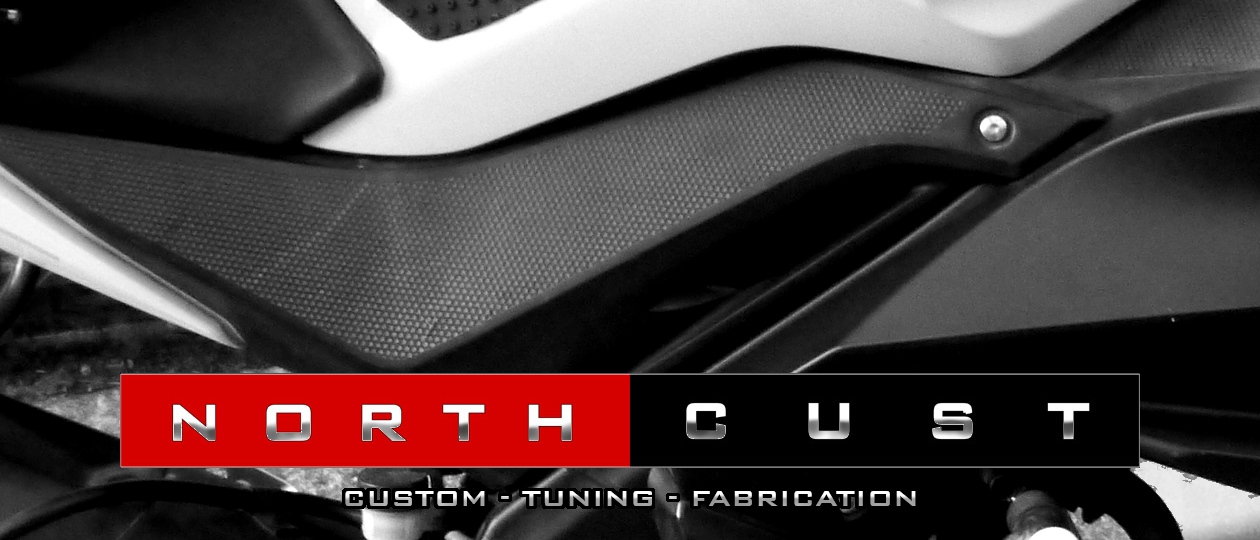So it turns out I’m not the only person who’s interested in having different bars on the R125 – someone who I’ve been chatting to a lot about these bikes is also interested in this but didn’t want to go any wider with the bars – my clip-on arrangement added a few cm each side to the width (and you notice the increased drag so it’s a fair point.
Motox bars would be about the same width as my clipon setup but they can also be trimmed down a bit so should be no wider than the standard bars, just a little higher and angled a bit differently.
So after much back and forth about how best to do this and whether it would be strong enough I thought enough discussion, time to drill some holes and try bolting the motox risers onto the yoke directly and find out for sure.. and here we are.
There’s nothing like drilling holes in something to get a feel for just how solid it is (or not), and in this case I got the impression this yoke is actually pretty damn sturdy.
At the point of the holes I guess it was looking like ~5mm thick, and add to that the strength from the shape of the casting and any reservations I had about the top yoke not being strong enough were pretty much put to rest.
What struck me as important was to get a nice even pull on the bolt so that everything lines up correctly and doesn’t end up with weird forces putting stresses in places there shouldn’t be stresses, which could lead to cracks, bolt snappage or things wearing loose over time, none of which we want on our main means of steering the bike.
Key thing to pay attention to in this pic is the empty area under the washers. For this pic the washers are sorta pushed up against the mounting pillar for the ignition barrel, so the counter-forces are sorta holding things in place almost “magically” without any sort of spacer. Useful as it was for mocking up, that needs to not be the case, and imho there should be a direct pull on the bolt, not with any sideways loading.

So what’s needed is a special little spacer which takes into account the shape of the back of the yoke casting, and spreads the load evenly and allows properly tightening down the bolt so it stays put and doesn’t wiggle loose, and the washers will need a little bite taking out of them to neutralise the pull there too.



The spacer is made from aluminium tube with 3mm wall thickness, which is ground down in a taper to match the casting so that the bolt can pull straight through, and the washers spread their load over the spacer and the edge of the casting.






It feels a bit weird not test-riding it myself a while but whilst I quite fancy trying motox bars I would rather not have to drill out the ignition barrel. But hopefully soon this adapted yoke and an extended clutch cable should be winging its way to a lovely blue R125 in France for the next stage of this project.
I think this is the first actual on-demand custom part for another person to come from my shop, which is sort of a milestone, plus I’m super excited to see how this “international distributed prototyping” thing works out \o/









